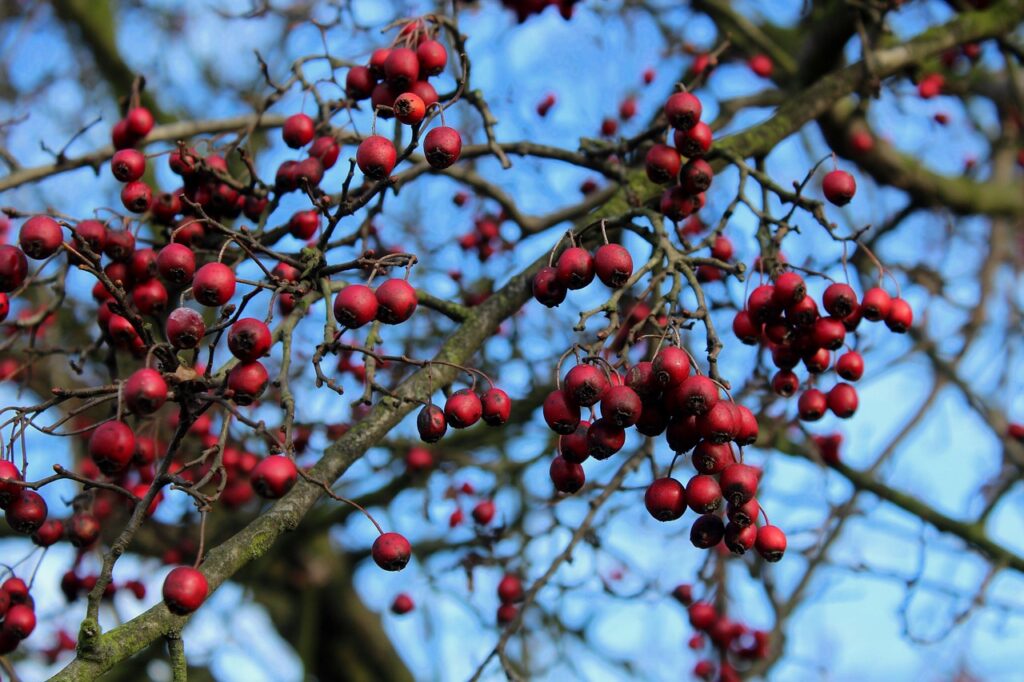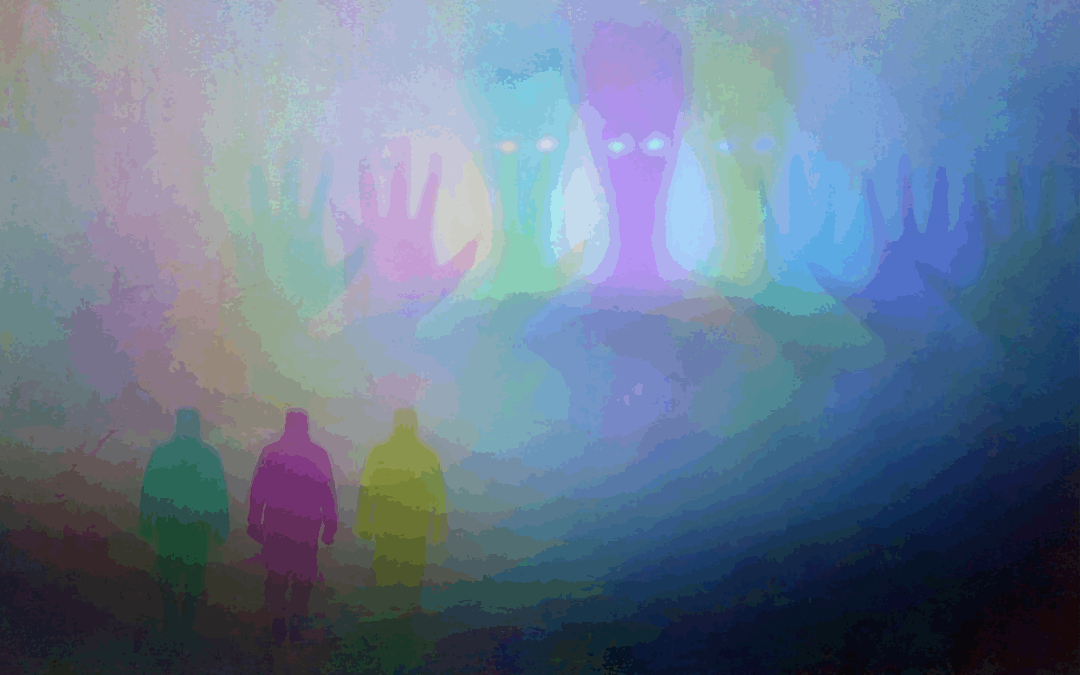What if the tales were true? What if faeries have existed all this time and we just weren’t aware?
Faeries or fairies are often introduced to us as small human-like beings with wings and magical abilities. Typically appearing in our childhoods as either the tooth fairy, a being our parents told us about whenever our teeth would fall out, telling us to put it under our pillow so she would come and take it, replacing it with a pound coin or five pound note, if you were lucky.
Or maybe you were first introduced to these beings through Disney in the form of Tinkerbell, a fictional character, who serves as Peter Pan’s sidekick.
Or, they were seen as a warning told to you by your parents when you became too much of a handful — “Watch out, or the faeries will get you!”
Whether you were introduced through fictional interpretation or as a nostalgic moment, once we grew older, we came to realize that these mythical creatures didn’t actually exist.
But what if some people never stopped believing?
What if they’re not the cute little winged faeries we were told about, but actually something much more sinister or maybe even more intriguing than we had ever imagined or anticipated?
If the sugar-coated imagery is a fabrication, what, then, are these beings we’ve been taught to dismiss as mere fantasy?
“This isn’t as straightforward as it might seem to answer,” says Mark Norman, a public folklorist, author and creator of The Folklore Podcast.
“This is because the term ‘fairy’ wasn’t known in Britain prior to medieval times. We have to remember as well that ‘fairy’ did not originally refer to a creature anyway, but rather to a supernatural realm.
“The world of the fairy was a place that mirrored our own lives; a supernatural space which we might consider as being used as holding ourselves to account.”
I also spoke to Dr Simon Young, a folklore historian who has written a few books surrounding this topic such as “Fairy Census I: Part 1, Britain and Ireland”,
He explained to me that in British folklore, there were two types of supernatural beings, essentially at least two types: the social fairy and the solitary.
“The solitary (fairy) are frightening and a bit like our shadows, you would often see them at night…and they are typically seen as the difficult aspect of ourselves that had to be confronted.”
Then there are the social faeries “which are more like a reflection in a mirror of what we are in pre-modern times, they do all the things that pre-modern communities do.
“They get married, they have funerals, they have battles…”
And with these beliefs came traditions.
Festivities are still happening till this day intertwined with these mythical beings like May day, a pagan celebration that begins at the start of May, celebrating the transition from winter to spring. It celebrates the return of life and fertility.
But it’s also a time when it is said that the barrier between the human and faerie realm thins out, and it’s believed that it is a time when faeries are often the most active and influential.
In Irish folklore, it’s said that if you offend a fairy on this day they’ll harass you with small inconveniences like pinching you at an inconvenient time and if you really do get on their nerves they’ll kidnap and replace your baby with a “fairy baby.”
That’s why people offer milk and other gifts to these magical creatures as a way to ensure their goodwill and fortune (definitely being added to my to-do list).
It’s not just the festivities that draw people into this belief, but also the symbols that are linked to these beings, like the Hawthorn tree. A representation of the otherworld, “a sacred fairy tree”,

First sighting goes back to the 19th century Scotland, a ballad was written about the experience of an old woman sitting underneath a hawthorn tree with her neighbour, when they suddenly heard loud laughter and saw the faeries:
“A beam of light was dancing owre them mair bonnie than moonshine: they were a wee wee folk wi’ green scarves on, but ane that rade foremost, and that ane was a good deal larger than the lave wi’ bonnie lang hair, bun’ about wi’ a strap whilk glinted like stars…..” (A beam of light was dancing over them, more beautiful than moonshine: they were a tiny, tiny folk with green scarves on, but one that rode foremost, and that one was a good deal larger than the rest, with beautiful long hair, bound about with a strap which glinted like stars.)
But I’m still left wondering, why exactly do people still believe in them and what makes people believe in them?
Speaking to Hazel, a teacher of foraging, a folklore musician and an ex-conservationist, I was able to understand why. They explained that as humans we have a need to explain the unexplainable, the need to understand how the world works and a “need to think that there must be something beyond us.”
They also go on to say, ”don’t we just love the idea that there might be a fairy godmother who’s going to come in and help us?”
So I guess there’s this element of wanting to or just believing in something that helps make life feel somewhat more bearable, because I know for sure life does not always go as we initially planned.
But it’s not just the optimistic perspective on life that draws people into the belief, they explain there’s a joy from connecting with your past and finding community with that connection.
“I think there’s an awful lot of British people who are culturally kind of cut off from it; a little bit rootless and that’s a gap.”
They say, “actively going out to seek it and try to be connected to something older…or something that’s more connected to nature that takes us beyond our tedious jobs and depressing news cycle.”
Whether the belief is founded in a need for a positive escape from life or a foundation to building your community, faeries can be and have been interpreted in many different ways.
Dr Young said, “I don’t know whether fairies exist but I do believe that people see fairies, these experiences may mean something to them, and perhaps to our society and our civilization and our species more generally.”
And honestly speaking, it’s a beautiful thing the way we believe in these things, whether or not they turns out to be true.



